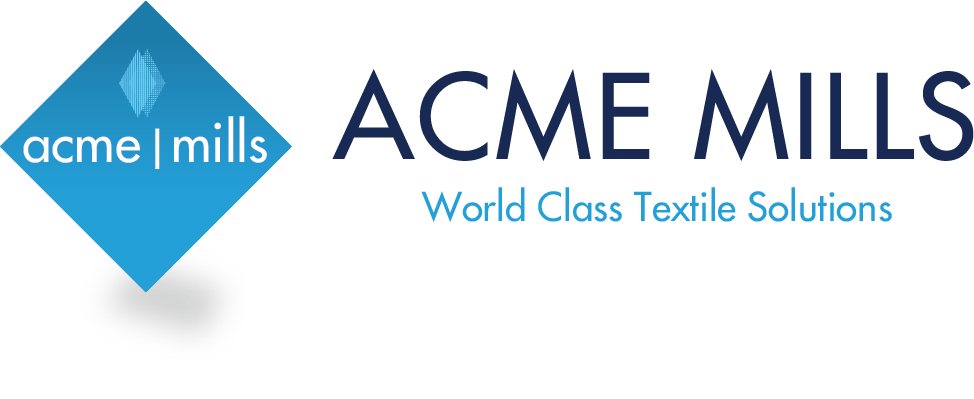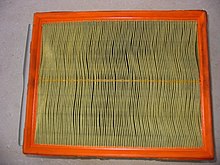In the realm of filtration, filter paper stands as a stalwart, serving as a semi-permeable barrier perpendicular to the flow of liquids or gases. Its purpose is clear: to separate fine solid particles from the substances in motion. In this article, we delve into the world of filter paper, its composition, properties, and versatile applications, with a particular focus contributions to this field.
The Composition: Filter paper derives its versatility from various raw materials, including different paper pulps. These pulps can be sourced from softwood, hardwood, fiber crops, or mineral fibers, offering a wide range of options to suit specific filtration needs.
Crucial Properties: Filter paper boasts a spectrum of properties, from wet strength to porosity, particle retention, volumetric flow rate, compatibility, efficiency, and capacity. These properties are vital in determining its effectiveness in various filtration scenarios.
Filtration Mechanisms: Two primary mechanisms define filtration with filter paper: volume and surface filtration. Volume filtration involves trapping particles within the bulk of the paper, while surface filtration captures particles on the paper’s surface. Filter paper’s exceptional ability to absorb substantial volumes of liquid makes it a preferred choice in many applications.
Applications in Air Filters: In the domain of air filtration, filter paper finds a critical role, particularly in supplying combustion air to engines. Filter papers are transformed into filter cartridges, requiring stiffness for self-support. These cartridges are known for their porosity and are usually impregnated to enhance moisture resistance.
Click here to learn more about Acme Mills products and services.
Photo and article with all rights reserved, courtesy of en.wikipedia.org










